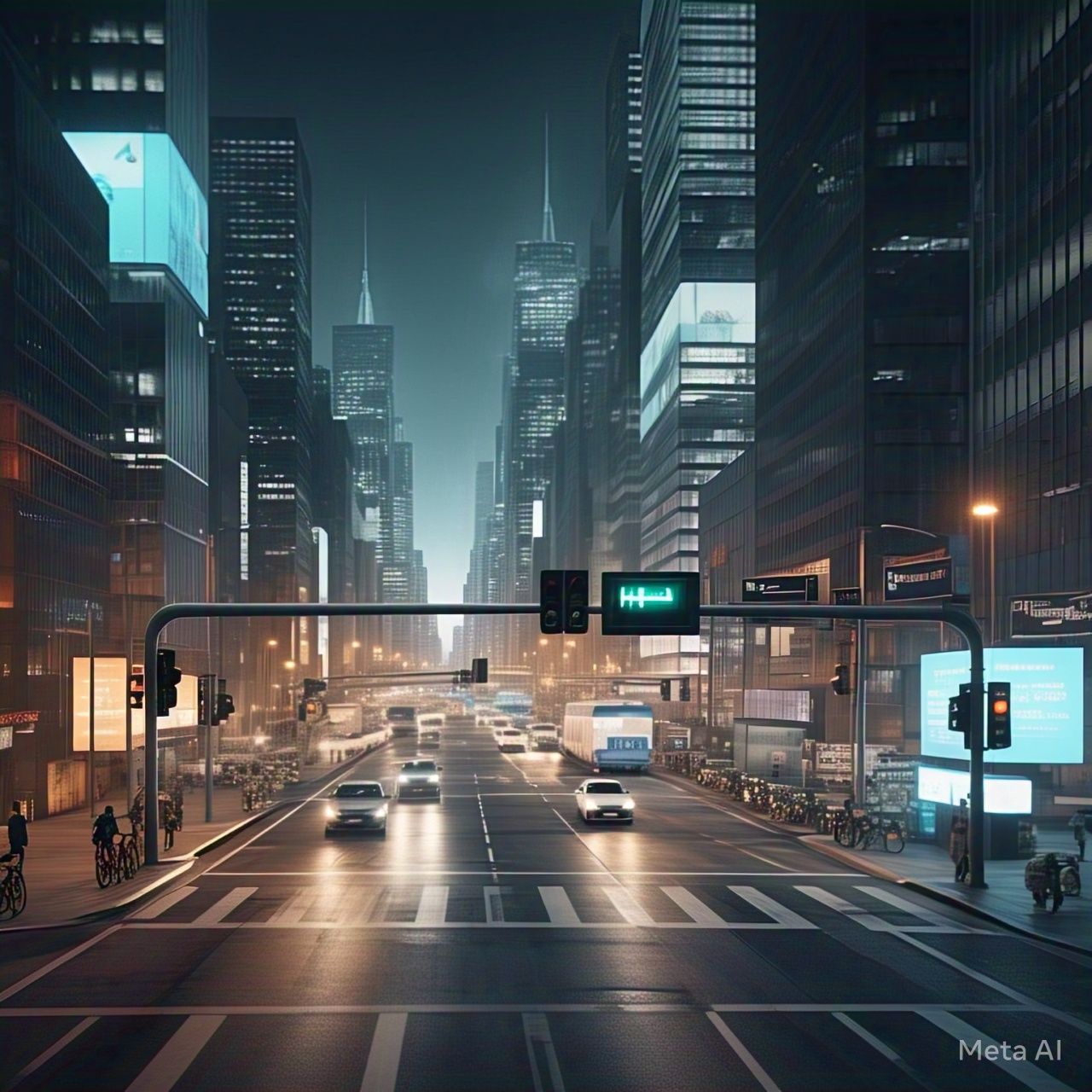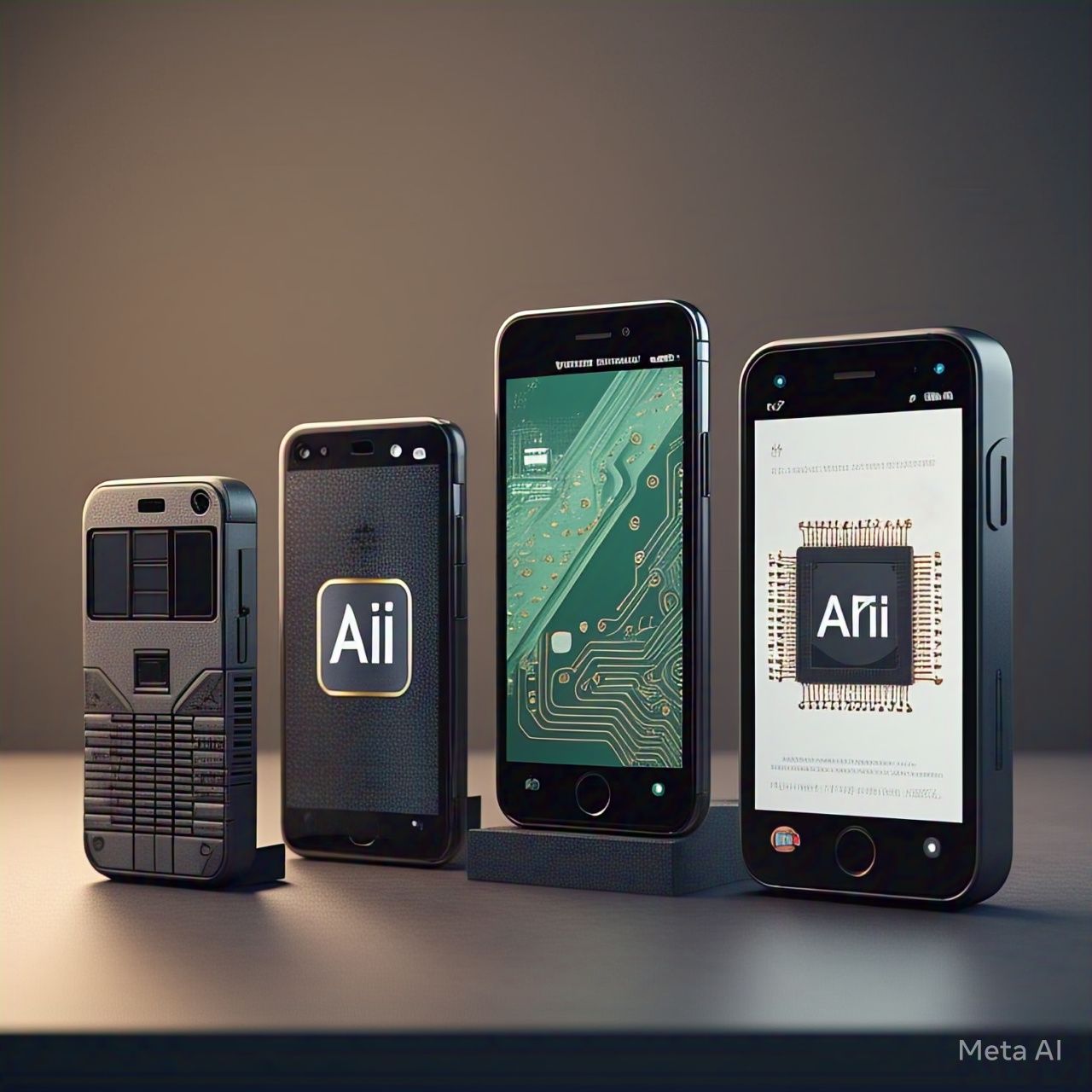Introduction
Computer vision, a subset of artificial intelligence (AI), enables machines to interpret and process visual data similarly to the human eye. With the advent of deep learning, computer vision has made significant advancements in accuracy and efficiency, powering applications in facial recognition, autonomous vehicles, healthcare, and more. Deep learning algorithms have revolutionized image analysis, object detection, and pattern recognition, making computer vision one of the most dynamic fields in AI.
How Deep Learning Enhances Computer Vision
1. Convolutional Neural Networks (CNNs)
Deep learning leverages CNNs to process and analyze image data effectively. CNNs use multiple layers of convolutional filters to extract spatial hierarchies of features, making them ideal for:
- Image Classification: Assigning labels to images (e.g., recognizing objects in photos).
- Object Detection: Identifying and locating multiple objects within an image.
- Semantic Segmentation: Classifying each pixel in an image for precise understanding.
2. Transfer Learning for Improved Efficiency
Transfer learning enables models to leverage pre-trained neural networks on large datasets, reducing training time and improving accuracy. Popular pre-trained models include:
- VGG16 and VGG19: Effective for general image classification tasks.
- ResNet (Residual Networks): Designed to tackle the vanishing gradient problem and improve deep network performance.
- YOLO (You Only Look Once): Optimized for real-time object detection in videos and images.
3. Generative Adversarial Networks (GANs) for Image Synthesis
GANs are a class of deep learning models used to generate high-quality synthetic images. They have applications in:
- Creating realistic images and videos: Used in entertainment and gaming industries.
- Data Augmentation: Generating additional training data for improved model performance.
- Medical Imaging: Enhancing and reconstructing medical scans for better diagnosis.
4. Recurrent Neural Networks (RNNs) and Vision Transformers
Recent advancements in deep learning for vision include Vision Transformers (ViTs), which improve image processing by leveraging attention mechanisms. Unlike CNNs, ViTs process entire images at once, capturing global dependencies effectively.
Real-World Applications of Deep Learning in Computer Vision
1. Autonomous Vehicles
Deep learning-powered computer vision enables self-driving cars to detect pedestrians, recognize road signs, and make real-time driving decisions, improving safety and efficiency.
2. Healthcare and Medical Imaging
AI-driven computer vision enhances medical imaging techniques, aiding in the early detection of diseases such as cancer through advanced image analysis.
3. Retail and Security
Retailers use facial recognition for personalized customer experiences, while security systems leverage AI for surveillance and threat detection.
4. Agriculture and Environmental Monitoring
Computer vision applications in agriculture help analyze crop health using drone imagery, while AI-driven monitoring assists in detecting environmental changes and natural disasters.
Challenges and Future Directions
1. Computational Cost and Data Requirements
Deep learning models require high computational power and large labeled datasets, which can be resource-intensive.
2. Bias and Ethical Concerns
AI models may inherit biases from training data, affecting fairness in applications like facial recognition and hiring automation.
3. Advancements in Edge AI
The future of deep learning in computer vision includes Edge AI, enabling real-time processing on devices like smartphones and IoT sensors, reducing latency and improving efficiency.
Conclusion
Deep learning has significantly enhanced computer vision, enabling more accurate image recognition, object detection, and real-world applications. With advancements in CNNs, GANs, and Vision Transformers, AI-driven computer vision is transforming industries, from healthcare to autonomous systems. As technology evolves, addressing ethical concerns and optimizing computational efficiency will be key to unlocking the full potential of deep learning in computer vision.




